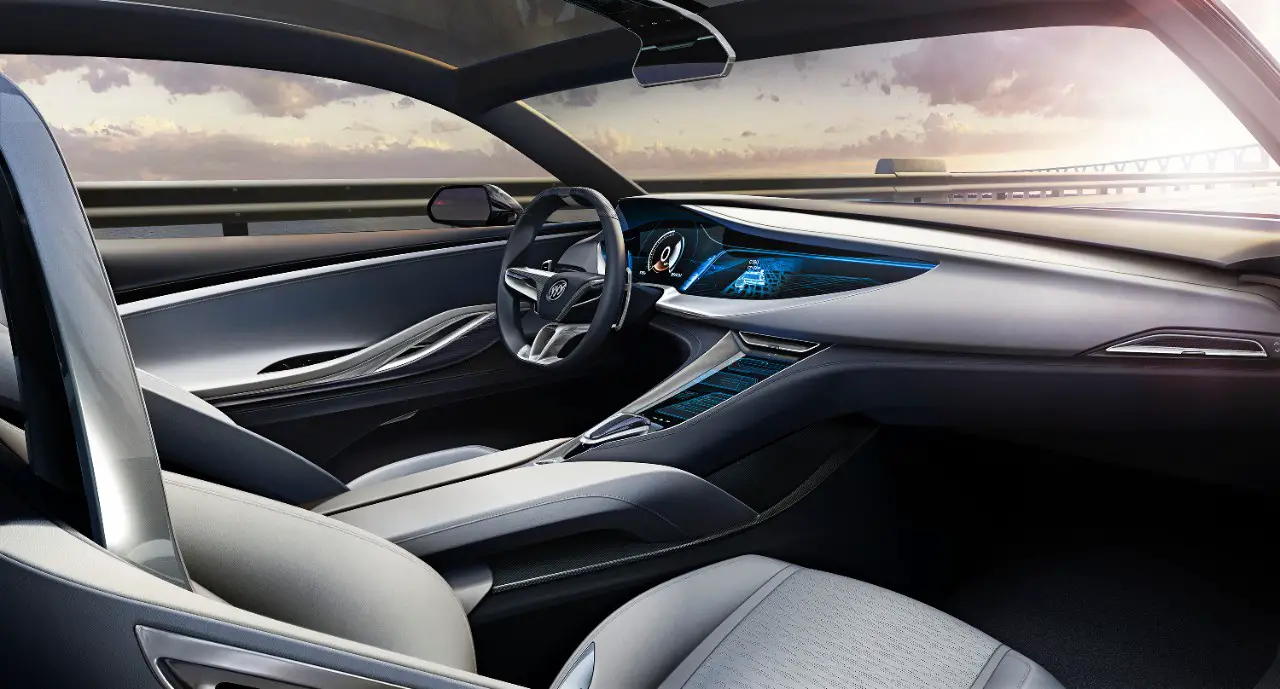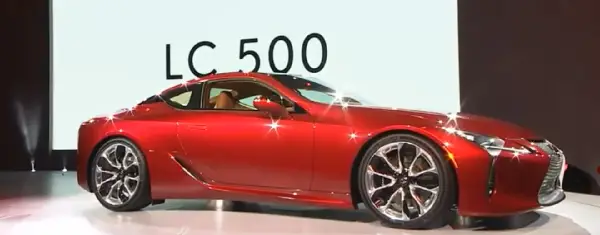
1) The F-150 (loaded with 1500 pounds of cinder blocks, by the way) hits your Colorado without slowing. You can imagine the results.
2) Ford's forward collision mitigation system notes the impending collision. It takes action, alerting the driver and applying a full panic braking procedure before the driver can respond. A crash is averted. Only the newborn sees anything was amiss, and you start off when the light turns green.
Most reader comments I have gotten over the past few years while covering forward collision prevention with auto-braking are something to effect of "Drivers should just pay attention." Who can argue that? Not this writer, who has never rear-ended anyone in over 30 years of driving. However, there is a footnote in my driving record. Last year I was on the highway at the end of rush hour when a flock of turkeys ran out of the woods and then stopped across all four lanes of the highway. Before I could react, the Acura I was in applied full braking. I'm almost certain it prevented me from hitting the pickup ahead of me who also was in full panic braking mode. All of the other lanes also had a car stopped I was not on the phone. I was alone in the car and paying attention. Still, the system saw a situation better than I could, and it helped me. I was not rear-ended, though there were cars and semis behind me doing that swervey-stop thing and a lot of smoking brakes and rubber.
GM is one of the companies that signed on to offer this technology on all its cars and trucks by 2022. You may have heard about it in the news this week. All automakers are now signed up. 2022 sounds far off, but about half the GM vehicles I test have it now already and you would never know it's there unless you have an emergency. Some cars I have tested, like the Subaru Forester in 2015, have been a little over-sensitive and had some false alarms. However, the Subaru Legacy I just tested this month had it, and there were no false alarms. Automakers are good at improving technology rapidly. False alarms are visual alerts by the way. In three years of testing vehicles with these systems I have never had one apply the brakes when there was not actually something ahead approaching very quickly.
Real-life testing proves the systems prevent crashes and injuries. IIHS conducted a three-year study comparing the same vehicles with and without forward collision prevention and found that the vehicles with it crashed into vehicles ahead of them about 40% less. They estimate that if all vehicles had the system it would prevent 700,000 crashes - each year.
Cost is always an issue. Who wants to pay for something they don't think they need? Apparently a lot of people do. Subaru's Eyesight system is at full capacity. Subaru would put it into more vehicles, but it cannot meet demand. A forester with FCP costs about $1100 more than one without. Toyota, however, has started to add FCP as a $300 option. Once the technology is widespread it will be cheap. I was watching Wheeler Dealers last night. Edd China was troubleshooting an ABS sensor issue. He noted that when the system debuted the sensor cost a "few hundred English pounds." The cost on current vehicles? Three pounds.
Take it from a person that tests vehicles every week with and without automatic emergency braking. You're right to grumble that drivers should pay closer attention, but this technology works.








Recommended Comments
There are no comments to display.